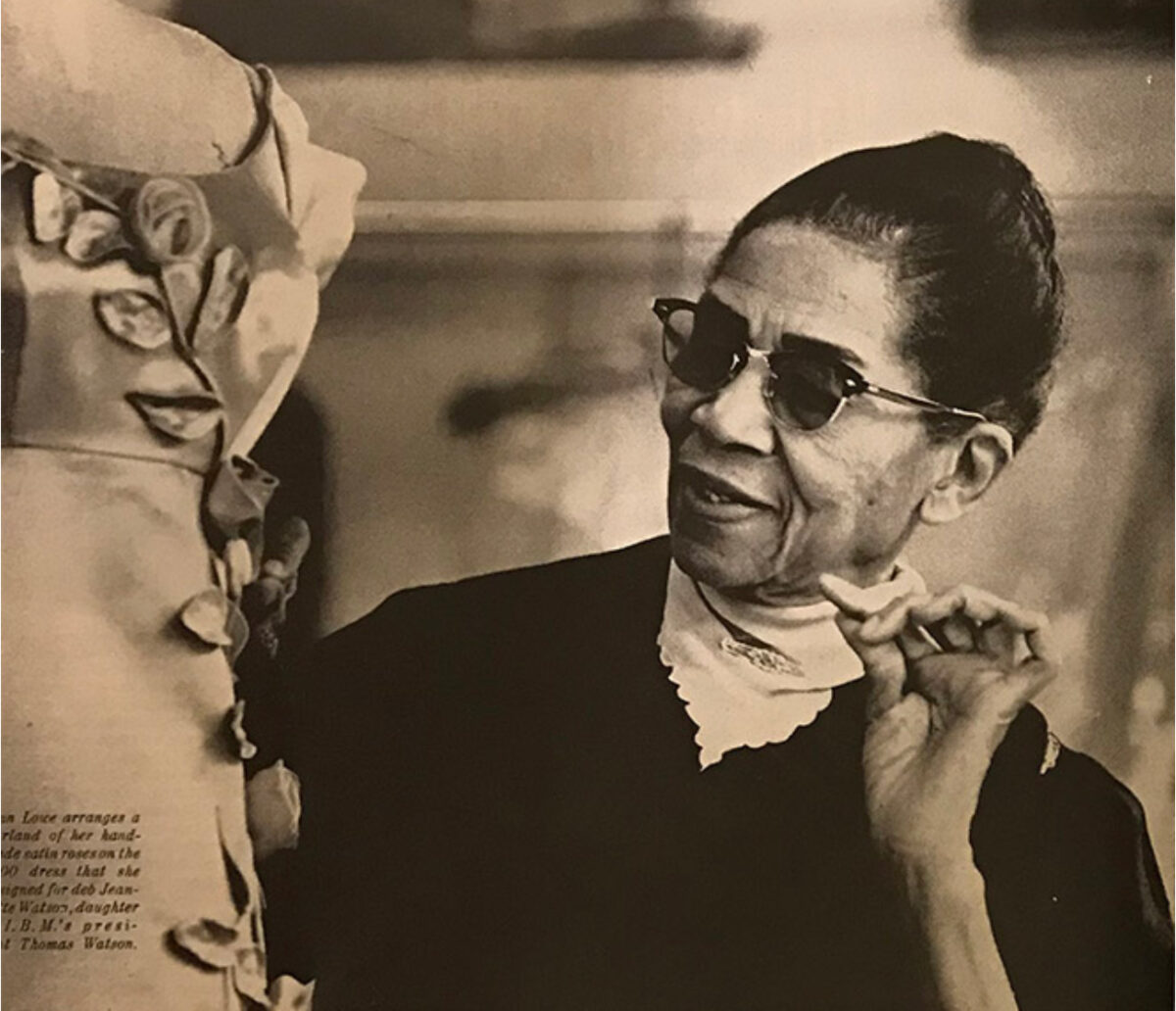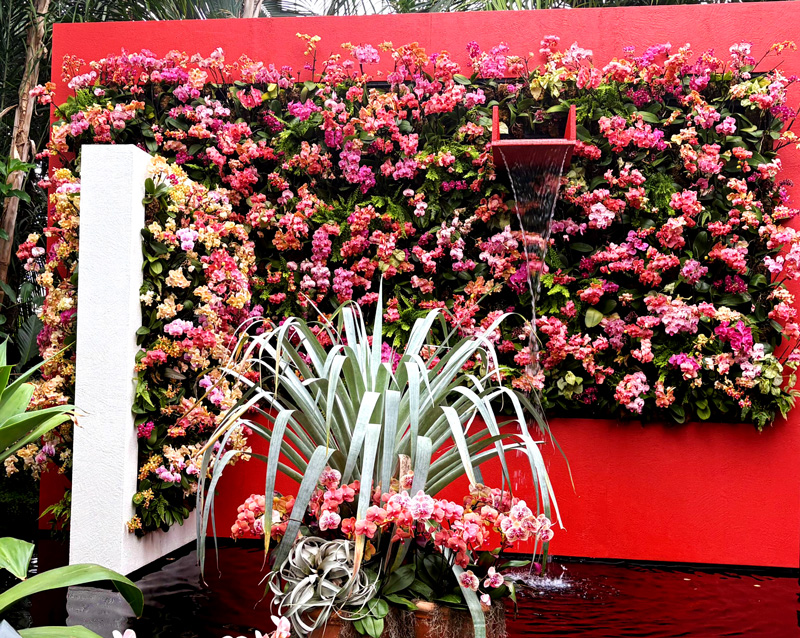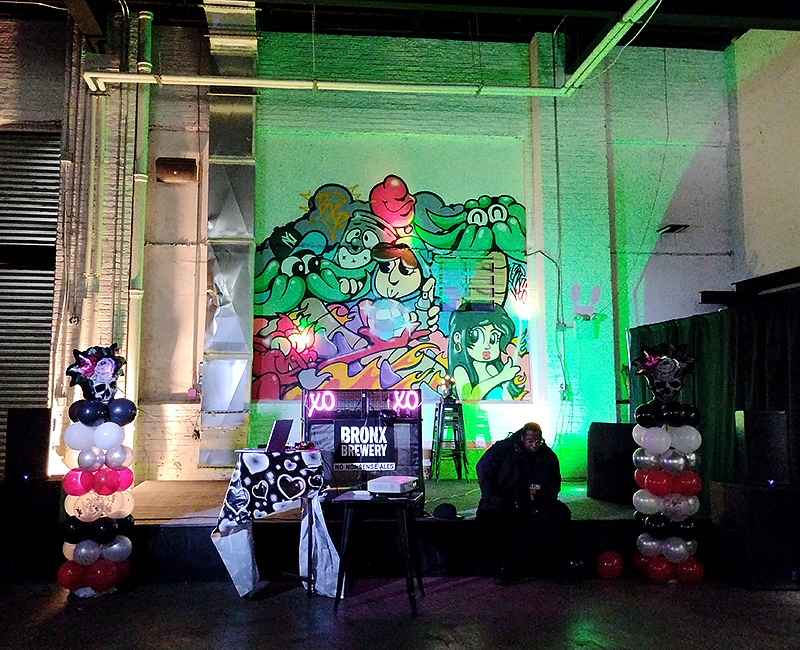By John Breece
Bluegrass in America has long and storied history. With its origin in an older folk tradition of the British Isles, it is music that followed the settling of immigrants in the mountains of Appalachia. It is a timeless music of desperation, struggle, hard times and salvation. It is music by people of the mountains which speaks to a rural, primal sensibility. Stripped down and raw, it is a musical tradition which comes from the lower economic strata of society and speaks to their lives in a straightforward way.
New York City is a most cosmopolitan of places, a world capital of supreme sophistication, a center of commerce, publishing, news media, advertising, art, dance and fashion. And within its vast music scene is the unlikely community of bluegrass players.
While the center of bluegrass music may be Nashville, Tennessee and its geographical heart is in the Appalachian Mountains, there is a thriving amateur community of players and singers here in New York who are in it for the fun of it. All highly educated, sophisticated, culturally and politically engaged urban types, these players are pulled to the form by the music’s raw simplicity.
They gather every second and fourth Monday evening at Paddy Reilly’s Music Bar in Kips Bay for a jam session its founder Sue Batkin calls the NYC Bluegrass Slow Jam for Advanced Beginners and Intermediate Players. At the back of this historic Irish bar at Second Avenue and 29th Street they form a loose circle and play songs that go back centuries or newer songs that sound as if they could be just as old. An individual will call out a selection from a communally known repertoire and commence to sing the first verse. From there that person will direct players around the circle and throughout the room to take turns soloing on their instruments: fiddles, banjos, mandolins, guitars, dobros, harmonicas and ukuleles with the odd bass, keyboards and pedal steel guitar making an appearance occasionally.

Sue Batkin’s very first jam was a call out for fellow bluegrass banjo players to get together and play. Four people showed up on that first night. From that modest beginning nine years ago, the Slow Jam at Paddy Reilly’s has grown to 726 members according to Meet Up, where the group was formed, and on any given second or fourth Monday of the month there can be anywhere from 25 to 40 people crowding the tiny stage and the scattering of tables toward the back of the bar.
The origin story for this now thriving community of singers and pickers is of a considerably more modest beginning. “When I heard it in my early 20’s this music just struck a chord,” said Batkin. “It was almost like a visceral response I had to it. I was only playing banjo for six months back then.” She says she decided to get banjo players together and see what they could do.
Players of all abilities are welcome to the slow jam. Batkin, a senior social work administrator from Brooklyn who works in East Harlem, started the gathering in January of 2008 with the simple purpose of inclusivity for players of all abilities and experience. She sought a safe and accepting place where people would feel secure playing in public and learn and have fun with like-minded bluegrass enthusiasts, “a place to go and feel supported and comfortable no matter what level they’re at to come and play and find joy in playing together” said Batkin.
The jam experience never lacked for enthusiasm but in the early going it threatened to run off the rails and descend into a cacophonous muddle of noise. Batkin came up with the idea of hiring a jam leader, a more experienced player who knew the songs and the jam etiquette she experienced while she was learning to play banjo. From the slow jam’s ranks, she selected the veteran players Bill Giles, Phyllis Elkind, and Kimball Mandrake who each lead the jam on a rotating basis.

The evolution of the slow jam was a deliberate process that Batkin put a lot a thought into. She sought to expand the types of instruments and the playlist of tunes. From the beginning she stressed inclusivity, getting the word out that all players of all abilities were welcome. It was a safe place to try out playing music and instruments that maybe were new to you, all in a relaxed atmosphere. “I like to say this group is for the 90 percent,” says Batkin, not a situation where a smaller and more experienced minority of players may dominate in a cycle of competitive picking.
At Batkin’s slow jam there is no elite cadre of pickers and singers who would not put up with the beginner rabble. “Most musicians, they kind of tinker around, they like the idea of playing with other people,” said Batkin. “They may never get much better. I’m with the masses on this and you need a place for the masses to play. It feels like home.”
Throughout the years players have come and gone but there has been a core group which have stuck with the jam and formed friendships and a larger community. People have met and started their own smaller bluegrass jams in their homes across Manhattan, Jackson Heights, Queens and Bay Ridge.“Friendships have emerged,” said Batkin. “Just like in any community, people have a lot that goes on in their lives over the course of 10 years. They get married. They have babies. Other people lose people in their lives. From this jam, a real community has emerged.”








No comments